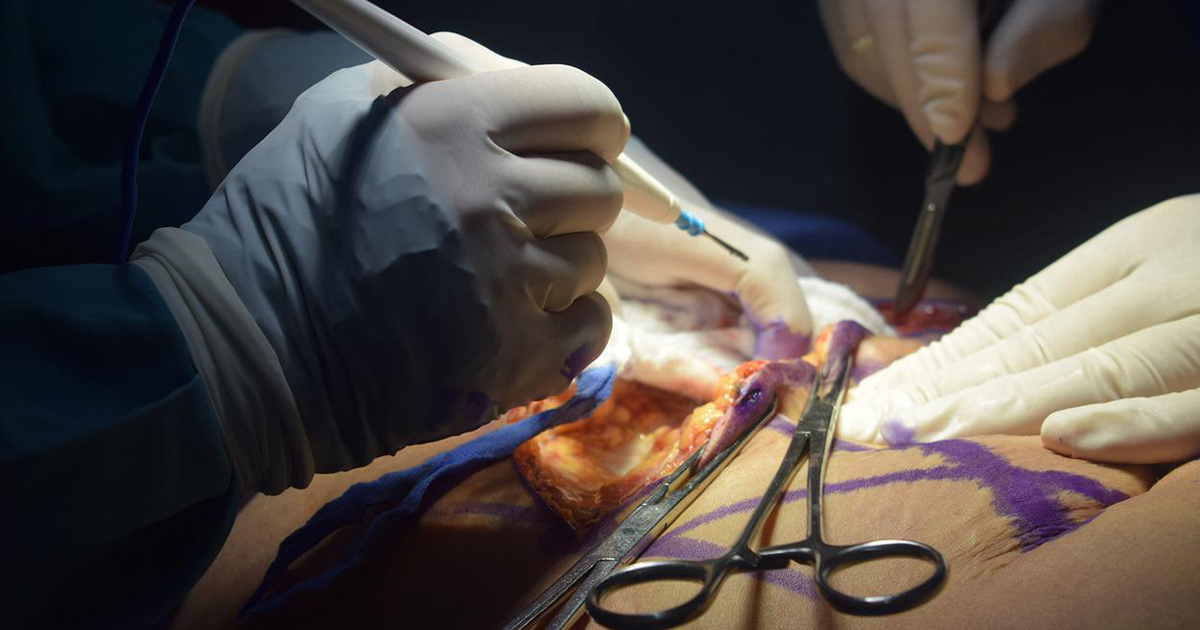At the Frontiers of Plastic and Aesthetic Surgery
A special issue of Surgical Techniques Development (ISSN 2038-9582).
Deadline for manuscript submissions: closed (15 October 2022) | Viewed by 19680

Special Issue Editors
Interests: plastic and aesthetic surgery; regenerative surgery; breast and head reconstruction; radia-tion side effects; antiaging procedures
Special Issues, Collections and Topics in MDPI journals
Interests: microsurgery; reconstructive Surgery; free flap, pedicled flap; hand; breast; transgender surgery; aesthetic surgeury
Special Issue Information
Dear colleagues,
We are pleased to announce the launch of a Special Issue of Surgical Techniques Development (STD, ISSN 2038-9582), a peer-reviewed open access journal, dedicated to innovative techniques and updates on the state of the art in the multidisciplinary fields of plastic reconstructive and aesthetic surgery.
We would like to explore the different aspects of plastic surgery, taking into account the clinical outcome, i.e., the functional and/or aesthetic features of our surgical procedure. Moreover, we would like to focus on the state of the art in current practice concerning innovative surgeries and innovative materials to support them, with a special eye on technique innovations in two relevant fields of plastic surgery, face and breast, either for oncoplasty or aesthetics.
We would appreciate it if you join us in this upcoming issue and be one of many renowned authors to submit a paper.
We look forward to your manuscript proposal as an email attachment to the Editorial Office at [email protected]. We would be happy to confirm the quality of your contribution on “At the Frontiers of Plastic and Aesthetic Surgery”.
Dr. Egidio Riggio
Dr. Weiguo Hu
Guest Editors
Manuscript Submission Information
Manuscripts should be submitted online at www.mdpi.com by registering and logging in to this website. Once you are registered, click here to go to the submission form. Manuscripts can be submitted until the deadline. All submissions that pass pre-check are peer-reviewed. Accepted papers will be published continuously in the journal (as soon as accepted) and will be listed together on the special issue website. Research articles, review articles as well as short communications are invited. For planned papers, a title and short abstract (about 100 words) can be sent to the Editorial Office for announcement on this website.
Submitted manuscripts should not have been published previously, nor be under consideration for publication elsewhere (except conference proceedings papers). All manuscripts are thoroughly refereed through a single-blind peer-review process. A guide for authors and other relevant information for submission of manuscripts is available on the Instructions for Authors page. Surgical Techniques Development is an international peer-reviewed open access quarterly journal published by MDPI.
Please visit the Instructions for Authors page before submitting a manuscript. The Article Processing Charge (APC) for publication in this open access journal is 1400 CHF (Swiss Francs). Submitted papers should be well formatted and use good English. Authors may use MDPI's English editing service prior to publication or during author revisions.
Benefits of Publishing in a Special Issue
- Ease of navigation: Grouping papers by topic helps scholars navigate broad scope journals more efficiently.
- Greater discoverability: Special Issues support the reach and impact of scientific research. Articles in Special Issues are more discoverable and cited more frequently.
- Expansion of research network: Special Issues facilitate connections among authors, fostering scientific collaborations.
- External promotion: Articles in Special Issues are often promoted through the journal's social media, increasing their visibility.
- e-Book format: Special Issues with more than 10 articles can be published as dedicated e-books, ensuring wide and rapid dissemination.
Further information on MDPI's Special Issue polices can be found here.





